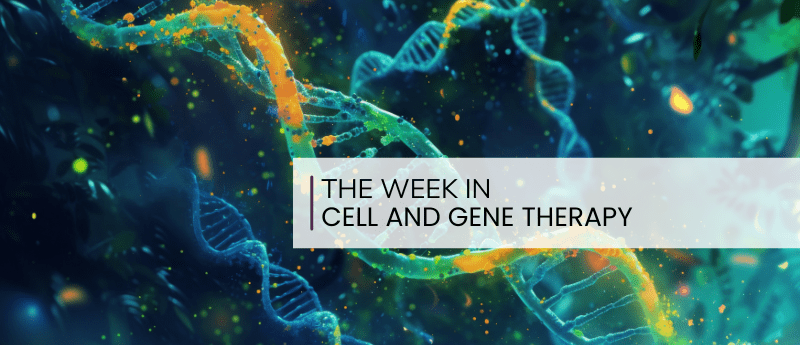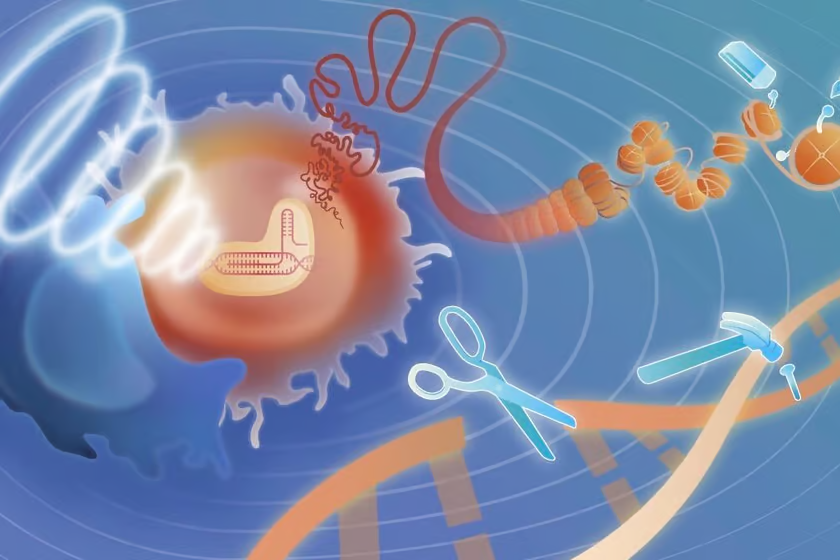Light-induced gene therapy disables cancer cells’ energy center

The strategy involves delivering genetic information for two types of molecules: a light-sensitive protein known as CoChR that can produce positively charged currents, and a bioluminescence-emitting enzyme. Packed into an altered virus particle and delivered to cancer cells, the proteins are produced as their genes are expressed in mitochondria. A follow-up injection of a specific chemical turns on the enzyme’s light to activate CoChR, which leads to mitochondrial collapse. The other half of the battle is ensuring this therapy does not interfere with normal cells. Liu’s lab specializes in targeted anti-cancer therapy development. The foundation for the delivery system in this work is the well-characterized adeno-associated virus (AAV), a minimally infectious virus engineered to carry genes and promote their expression for therapeutic purposes. The team refined the system to enhance its cancer specificity by adding a promoter protein to drive up expression of the CoChR and biolumine...






